Table of Contents:
- Condition and Markings – Two Tasteful Points of Collectability
- Gun Collecting – Common Points
- Collectible Firearm Markings – Useful as Well as Fascinating
- Understanding Gun Markings – How Collectors Get Started
- Setting Expectations and Thinking Critically About Collectability
- Have Fun Collecting Guns, and Keep an Open Mind
Here’s the third in a series of guest blog posts graciously provided by our friends at the Winchester Arms Collectors Association (WACA).
Scholarly, fascinating, mysterious. Those words and more describe the pursuit of collecting antique and classic guns. And it should also be just plain fun. WACA member G. Scott Soles (#5269) reminds us of this while lending his expertise on condition and markings – useful tools when assessing the collectability of Winchester rifles or any other vintage firearm.
WACA is a not-for-profit, tax-exempt corporation with a worldwide membership of over 3,000. The members are devoted to the preservation, understanding and collecting of Winchester firearms and related products as well as the role these products had in forging America’s heritage. As WACA members ourselves, we’re proud to play our part in this mission.
Our goal with this guest blog series is to share WACA members’ outstanding knowledge and passion for Winchester firearms. We will share articles aimed at informing Winchester owners and enhancing their collecting experience, along with personal stories and memories related to Winchester firearms that we hope will resonate with you as much as they do with us.
And with that, here’s our next WACA guest post. We encourage your thoughts in the comments section below.
Twenty years ago, we lost the much-loved Cajun chef, Justin Wilson. In one recorded episode, he was talking to his hushpuppies in the deep fryer while addressing questions from viewers. One person asked what kind of wine was proper to drink with a seafood dish. In his always entertaining manner, he said you should drink the kind of wine you like. Wine rules were foolish.
What constitutes a tasteful point of collectability is the same as Justin Wilson’s view on wine; you should collect the kind you like. There are many different collecting interests to pursue. This article briefly glances over the condition factor as one common point of collectability. We also touch briefly on marking variations as an interesting point of collectability. We often hear kibitzing around the gun show campfire in attempts to define points of collectability. That can include what is most desirable, what is least desirable, or what means nothing to anybody. This is a tough topic to broach, at times, because it is highly personal.
Common interests of collectability do converge at a high level that sits above personal interests or expertise. For example, most advanced collectors appreciate the overall attractiveness of a fantastic original gun. It’s what we do. Who among us has not held a nice gun at arm’s length and admired it closely, without regard to our own preferences. Assessing the overall flow is a primary collectability screen. This kind of assessment requires an experienced eye.
Condition, Condition, Condition
The world spins around in a condition crazed universe. Guns in near-mint condition tend to steal the show, but condition has many facets and cannot always be judged one-dimensionally on the “bright metal color” standard. Experienced collectors also understand the concept of “condition rarity,” which must be measured within the context of each distinct gun. That is the “outstanding condition for what it is” standard.
Unquestionably correct, this is another aspect of the high-condition equation: the heavily-raked grain, and original color and finish of tight-fitting, undisturbed wood. A comparable carbine with a rifle butt from the same era is pictured on page 97 of Renneberg’s 1991 book, The Winchester Model 94—The First 100 Years.
There are many facets to condition. Color brilliance is not all that counts. This lone example of an extra-heavy 20-inch rifle was owned and used by Pecos County, Texas, Sheriff, A.J. Royal from 1892–1894. It is in “as left” condition and is toned to expectations. West Texas lawmen lived hard in 1892. This gun has a family lineage and shows scabbard wear that sparks images of the Sheriff riding through town on horseback. Such guns should present themselves precisely this way.
Notwithstanding the merits of super high condition, a favorite theme of collectability for this author is original guns that are simply righteous and sharp throughout. There are no better terms: “righteous and sharp throughout.” That means any gun that is totally original, unretouched and factory “sealed,” with finishes that are correct and artistically toned according to expectations. Setting realistic expectations for each distinct gun is a skill developed over time. In the abstract, think comparatively about the original glass, chrome and paint on an unrestored, one-owner classic car that was meticulously cleaned, polished and waxed thousands of times, with tight-fitting sheet metal that was never removed or dented. Such organic originality is greatly appreciated and it is far more difficult to fabricate than mint condition. No doubt, original mint condition is a great thing too.
This butt plate from a c.1882 Model 1873 SRC is the ideal place to start illustrating the concept of righteousness. This isolated component makes it hard to tell this is one of the most pristine, 140-year-old case-hardened Model 1873 SRCs extant. The “wet carpet patina” actually validates the gun’s impeccably sharp condition throughout. An experienced assessment of the overall feel and flow of the wood, metal finish, screws and fit tells a more complete story. The cause of the butt plate issue was also the gun’s salvation. It was likely stored out of sight on a moisture retaining surface.
The sacrificial butt plate shown above yields to vivid color accents on the underside of the frame, seldom found on early Model 1873 carbines. The color condition scorecard is too often critically gauged by an absolute condition standard, e.g., the mint state Model 1886 rifle.
“Righteous” and “sharp throughout” are terms that fit this gun. Along with everything else, the sealed fitment, untouched screws and silky smooth spring action to the lever latch are features of this carbine that make it difficult to improve upon. It has condition rarity.
Wet carpet patina and all, the innards and moving parts on this gun are also akin to new. Early case-hardened carbines seldom present themselves as dipped in a melted box of Crayolas. While this gun does not present that way either, we must evaluate everything in the proper context. What constitutes collectible condition on one gun may be inappropriate for evaluating another. Nobody has attempted to artificially “improve” anything on this carbine, including the butt plate. Left-alone guns are righteous to the naked eye and collectible. This is a tasteful point of collectability that is highly sought after.
Beneath the common bond of the big picture reside specific interests. Collectors may seek high condition only, or Old West condition. In a few recent Rock Island Auctions, we saw a number of Montana guns from the John Fox collection. To a gun, virtually all were in beautiful untouched condition; wreaking of organic appeal and history. High condition was not the attraction.
Some collectors seek the highest end engraved guns, or extremely rare antiques. Then, we have pre-war, pre-64, different models, unique barrels, a variety of sights and etc. What is deemed collectible is vast and personal.
Moving away from the common collecting criteria, points of collectability diverge and can become so trivial that nobody else cares but you. One area of study is the highly photographed assortment of distinct markings.
Markings of all kinds will be frequently found. Most markings are visible without taking the gun apart. Other important markings are found underneath the wood and attached parts, like butt plates, and tiny parts, such as screws on a Henry rifle.
Tip for Serious Gun Collectors – Avoid Unnecessary Dismantling
Markings can be captivating and useful. While disassembling a gun is tempting, this author’s suggestion is to avoid dismantling obviously correct factory-sealed guns, purely out of morbid curiosity for what is under the wood. We have seen the devastation caused by reckless abandonment with screwdrivers. Further supporting this reasoning, the study of markings to be found under the stocks was virtually exhausted decades ago, making this exercise pointless most of the time. Rarely is anything new or surprising ever found under the wood today. Nonetheless, there is a tendency for folks to take guns apart almost ritualistically, as if it were a rite of passage to ownership. It is best to adopt a “don’t try this at home folks” mindset.
Henry rifles are famous for being explored incessantly. Above is an “exploded” Henry, that was disassembled for a documentary photo shoot
two decades ago. Many parts on early Henrys are marked. All of the screws in this photo are numbers matching original to the gun, one of the important features that collectors want to confirm when evaluating early Henrys. These photos were passed along with the rifle to avoid another pointless autopsy. As was the case with this Henry, evidence of past intrusion was apparent, so no harm was done by taking it apart. If the gun was perfectly sealed and plainly untouched, it may have been left alone. The decision to explore guns is left to the confidence and interests of the owner.
In extreme cases, where past study is nil or it is critical to validate the authenticity of a valuable gun, such actions may provide significant information, such as an engraver’s mark. Many special guns are already accepted as right and have been taken apart multiple times. If the gun is sealed and clearly correct, then it is better not to risk damage to a righteous and sharp gun. It is typically obvious to the keen eye when guns have been taken apart. These old guns deserve the best conservatorship we can provide at this stage of their life cycle.
Gun Markings as a Portal to the Past
Markings offer an endless array of variations and opportunities to explore, especially when you include wear patterns, factory errors and production anomalies. The Spring 2015 Winchester Collector contained a nice little article by Robert Suder on a peculiar flatband Model 94, with the “F.” totally absent from the “30 W.C.F.” on the barrel. The caliber marking is obviously important. One would think the factory would intercept such an error. This blemish either slipped through the cracks, or WWII rendered such things meaningless to fatigued workers focused on higher priorities. These finds are interesting and fun to collect.
These are erroneously marked Model 1894 barrels from around 1907. These carbines have the “AUGUST 14. 1894.” patent date, rather than the correct August 21 date. The first example is a higher condition SRC in .38-55, with a George Madis letter that does not identify this anomaly. Second is a .32-40 SRC, that was acquired from a knowledgeable dealer, who also did not notice this often-overlooked error. These kinds of errors and marking deviations are fun to find and are also collectible.
It might be over appreciating markings, but consider how marking variations transpired. What we see translated into the final applied marking is the culmination of many preceding steps, such as detailed drafting, hand-cutting dies, or set up of the tooling and machinery. These markings are historical not only because of what they say, but because of how they got there. Imagine what a process it must have been to “QC” barrel markings. Some markings are very personal, as a craftsman individually hand-stamped parts with a handheld tool and hammer. Craftsmen created everything on these guns, which included markings on parts small enough to sit on your pinky finger. These markings on old Winchesters are far more interesting than a modern printed sticker.
Here is a sharp “W” marked Model 94 found around the serial number shown. These W guns are not exorbitantly expensive, yet add a distinct variety of markings and history to the quiver. The reason for this marking is unclear. One story is that a bad batch of chemicals was used on the original finish, so these guns were factory reworked. It may just as easily be true that it was a controlled factory experiment to improve the process. What is true is that these W marked guns all have a unique finish appearance. Note the elevator finish is mostly gone. This W variety is an example of a collectible marking.
A good way to get started with finding unique and rare markings is to read books, talk to knowledgeable people and study guns. Acquire examples, and then find others not identified in books, or previously seen by you before. It is profound that rare guns will have rare markings, but common guns may also have rare markings.
A close study of markings is worth undertaking as an area of education, that may also be used as a tool or litmus test to better understand production operations and sequencing. We find guns very close in serial number range with the same fingerprints, like bazaar errors and broken letters and numbers. They have similar characteristics. This helps when making a physical comparison to similar examples when we have questions, such as faint lettering raising concerns about a refinish. It is easy to discount the usefulness of a barrel marking.
Shown is the venerable “219 ZIPPER” marking on a fine Deluxe Model 64. This is one of the rarest and most interesting of all Winchester calibers and, thus, barrel markings. Absent a reference for scale, the severely necked down Zipper cartridges look like a big bore wildcat magnum. The tiny Zipper can be made by necking down a .30-30. Factory loads reached 3,400 FPS and were so hot the bullets often failed to perform. When found, many Zippers have burned out breaches, so we are fortunate to find guns in nice shape, inside and out. This early barrel from 1937 has the correct style markings for the gun. Creative names like HORNET, BEE and ZIPPER look cool under the spotlight and are collectible.
It has been said that minor variants of certain markings are not a point of collectability per se. This is not to be taken literally as a broad absolute. What this really means is collectors should not expect evolutionary standard marking variants to increase the desirability or monetary value of a gun, as compared to another gun of equal configuration and quality. Deviants, rarities, curiosities and factory errors that are often overlooked—even by experienced collectors—are a bit more thrilling. In short, markings and their variations are definitely a point of study and collectability, or we would not see so many pictures of them. Finding different markings is a fun way to pull out all the stops and build a more refined lineup of distinct Winchesters within your model of interest.
The first photo is an example of a right-side barrel marking on a 958000-range stainless-steel barreled Model 94 SRC. This style of right-side marking and slight variations came and went during this production range. Although standard factory markings are not normally a point of collectability, there are exceptions. Next, the “STAINLESS STEEL” marking and other rare markings have extraordinary pizazz. Seldom-seen marks on rare guns have eye-popping appeal. In this particular case, we have a Stainless Steel .30 WCF SRC with a fine ownership pedigree and most of the original Japanned finish. This marking is rare and collectible!
The first photo shows a less-frequently encountered right-side barrel marking. This example is on a sharp, post-1000000 takedown Model 94 rifle. The marking is more often found on late .32-40s or .38-55s, as confirmed in Robert Renneberg’s The Winchester Model 94—The First 100 Years, and found less often in .32 WS, as shown on the second flip side photo of the barrel.
As closing comments to this article, we need to keep in mind that virtually every reference guide or book has practical limitations. That includes the addition of excellent articles and hard-to-find information provided by many collectors in WACA. This is not a critique. This is mentioned in support and admiration for the many authors who have enlisted the entire collecting community for assistance and invested a substantial amount of effort to share their vast knowledge. When we are reading articles and books, we must read between the lines. That means not only looking at pictures but also qualifying statements about the possible existence of the unseen or not pictured.
Robert Renneberg’s The Winchester Model 94—The First 100 Years is one of my favorite books. I have referred to it often over the years. If you find a Model 94 with markings that are not in that book, for example, then those markings should not be deemed incorrect because they are not explicitly highlighted. Winchester authors and collectors know virtually anything is possible.
This is the upper tang on the W marked gun. Note that it lacks the logo type “prone coffee cup hook” W on the word “Winchester,” but still has the lines on the 2nd and 3rd rows. Type 7 markings without lines dominated long before this serial number was reached. This is a “tweener” collectible marking, not Type 6 or Type 7, as shown in Renneberg’s book.
This Type 6 logo marking is what we expect for serial numbers from roughly 1080000–1180000, as noted in Renneberg’s book. This is one of the rarer tang markings due to the short production span. This specific example is just before the lower end of the range in the 94 book, being 1076XXX. This Model 94 has the added features of a two-thirds magazine, with a fluted comb stock possessing the rarer 4½-inch butt plate. Guns from this series of tang markings often have little to no blue, even if the metal is perfect. Very fine Model 94s will often be found in certain production ranges with extensive flaking, including receivers turned totally white.
This is the upper tang on one of the late Model 94 rifles over serial number 1000000. This is not a Type 5 or Type 6. It has the prone coffee cup logo type W, without lines on the 2nd or 3rd rows. Notice the righteous fit, finish and perfect screws. Attention to details, such as unique marking variants, can expand a collection to the nth degree. It is very collectible, if this is “the kind you like.”
In this article, you’ve seen a few examples of 94s that do not precisely conform to the stated production ranges, but they do fall roughly in line. You’ve also seen markings that are not highlighted in recognized references. The examples shared in this article help redraw the lines and continuously expand available information. This information was shared because it is in the books, but also because it is not in the books. Published photos and serial number ranges are meant to be a guide of examples and relative reference points, based on information obtained from the author’s studies and experiences. We cannot limit ourselves to photos in books as the only gauge of what is right.
Multiple qualities on one gun can compound its appeal. This particular marking on the top of the sight has an extra apostrophe stacked directly over the top of the control period before the 27, for “1927,” which is unique. This intellectual property marking is crammed onto many sights. Competition for sight designs must have been fierce in order for small parts like this to have printed patent information. In this case, the patent year is the same year the gun was made. Matching markings to the period of manufacture adds another dimension of interest.
Tasteful points of collectability run broad and deep for all of us. This article was also intended to open the minds of others by observing features of collectability that might not always be considered, such as a more expanded view of the evaluation of condition. What is righteous and sharp throughout may not be the same for every gun, except for the common general standard of authenticity and organic originality. I’ve also pointed out that markings are certainly a point of collectability and can add variety and interest to your collecting pursuits.
In the final analysis, collect the kind you like and continue to enjoy this passion we all share.
Reproduced with kind permission from the Winchester Arms Collectors Association (WACA). All images courtesy of WACA.
More About the Winchester Arms Collectors Association
This article was previously published in the Winter 2022 issue of The Winchester Collector. To greatly enhance your collecting experience, join the Winchester Arms Collectors Association (WACA). It’s only $50 per year, and you’ll receive our quarterly magazine with great articles on historic Winchesters and Henry rifles, along with many other member benefits such as 15 additional record searches for Cody Firearms Museum members. It’s easy to join online with a credit card by clicking here.
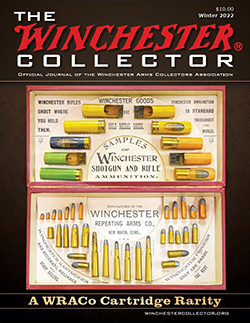

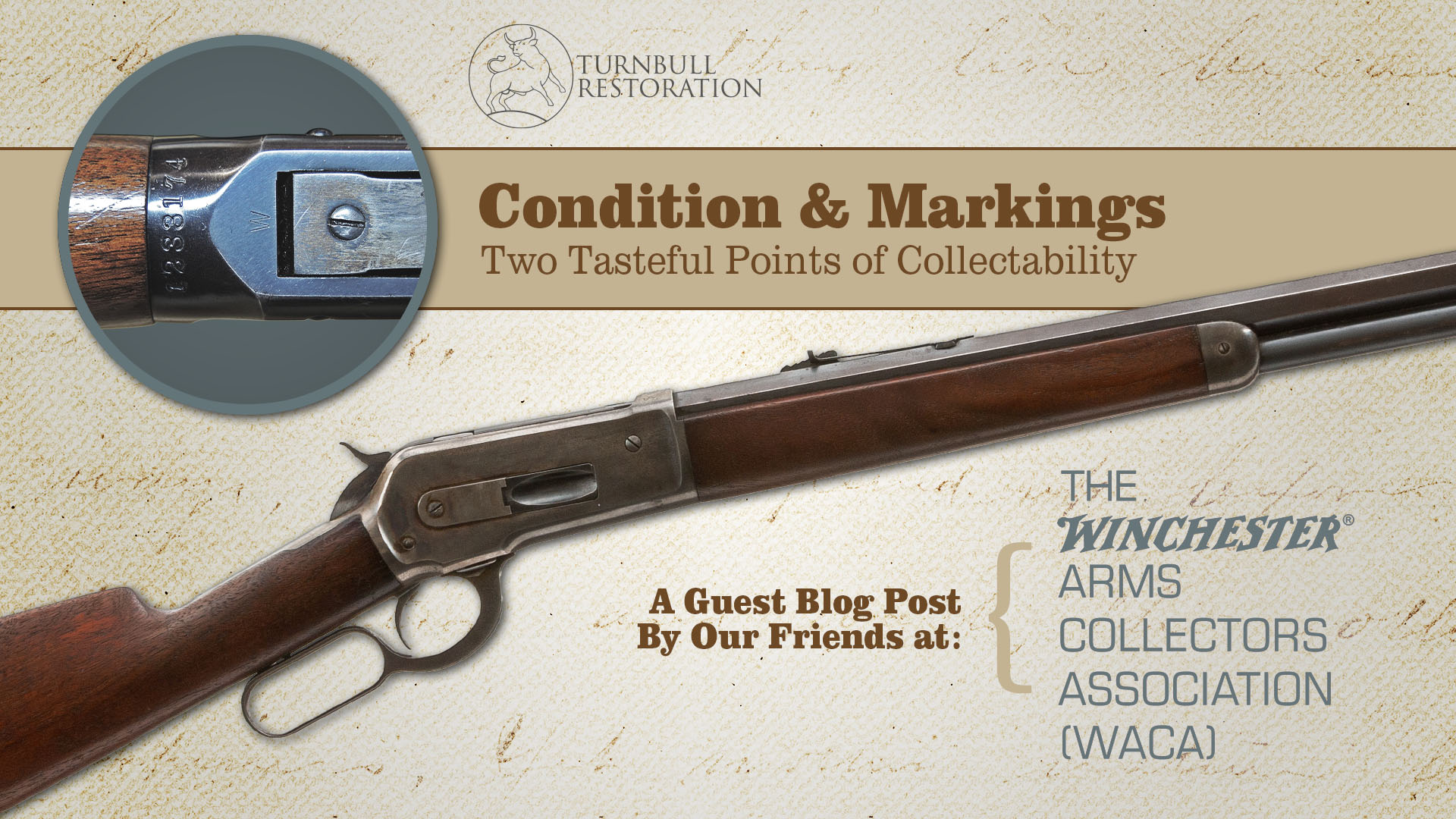
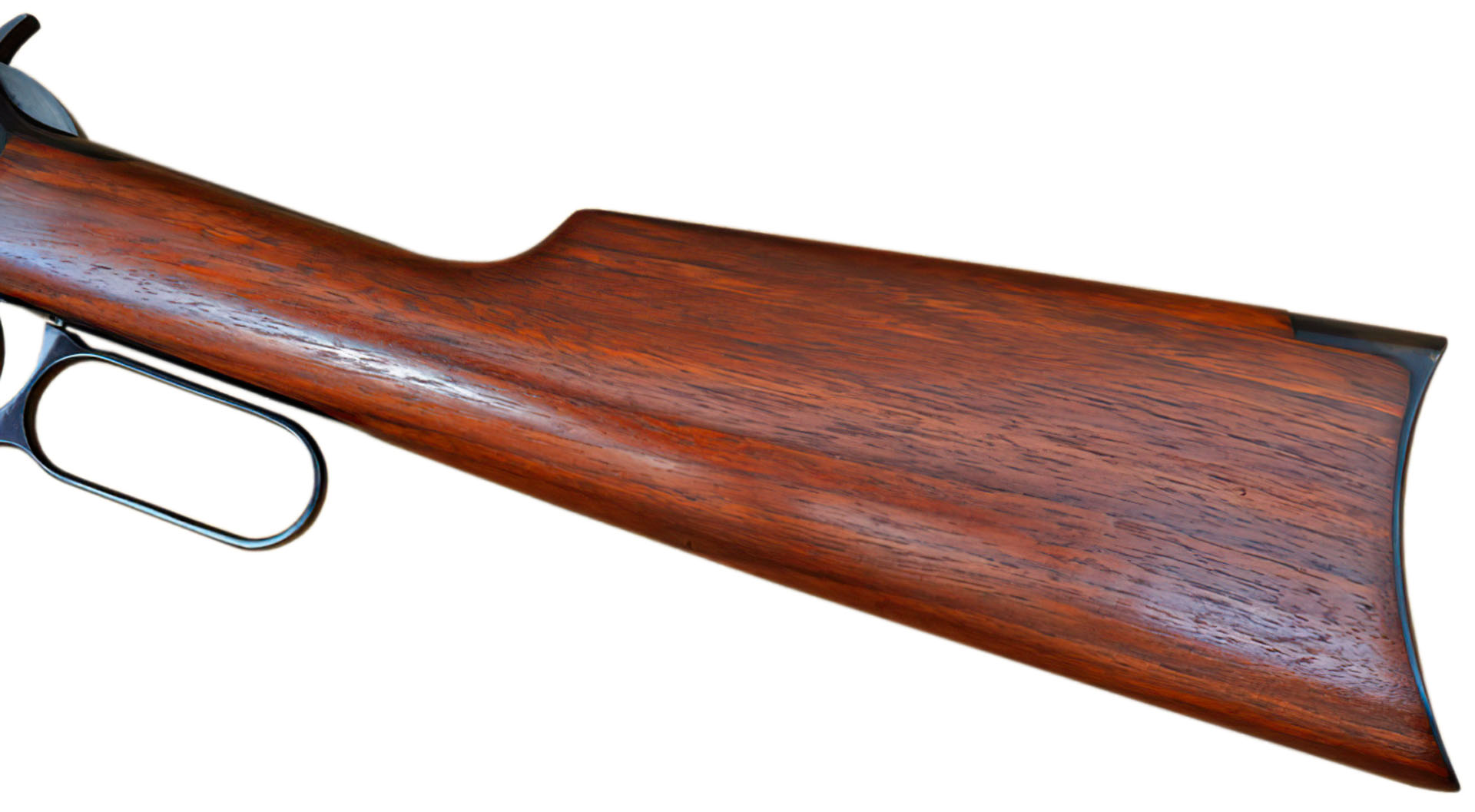
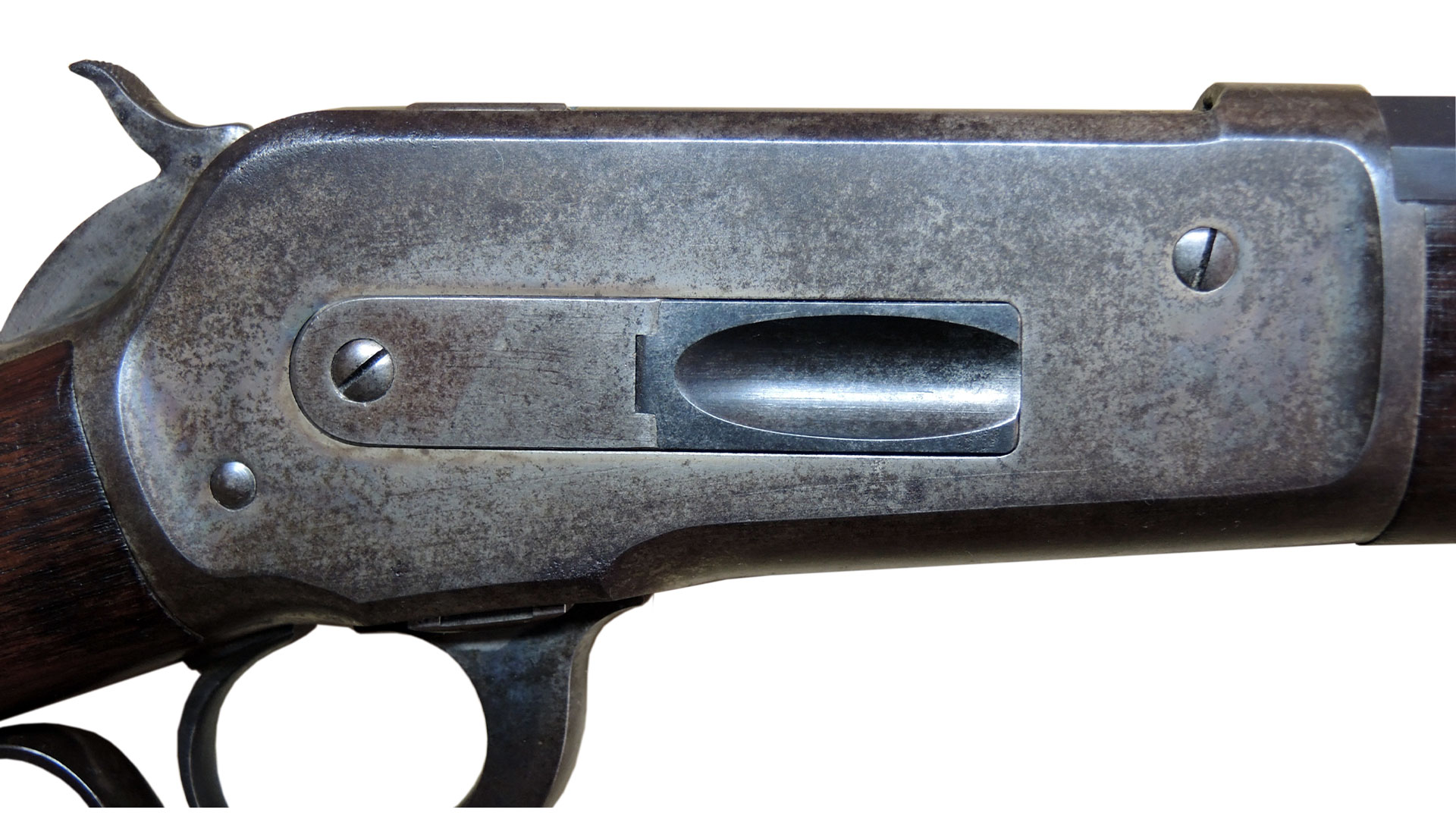
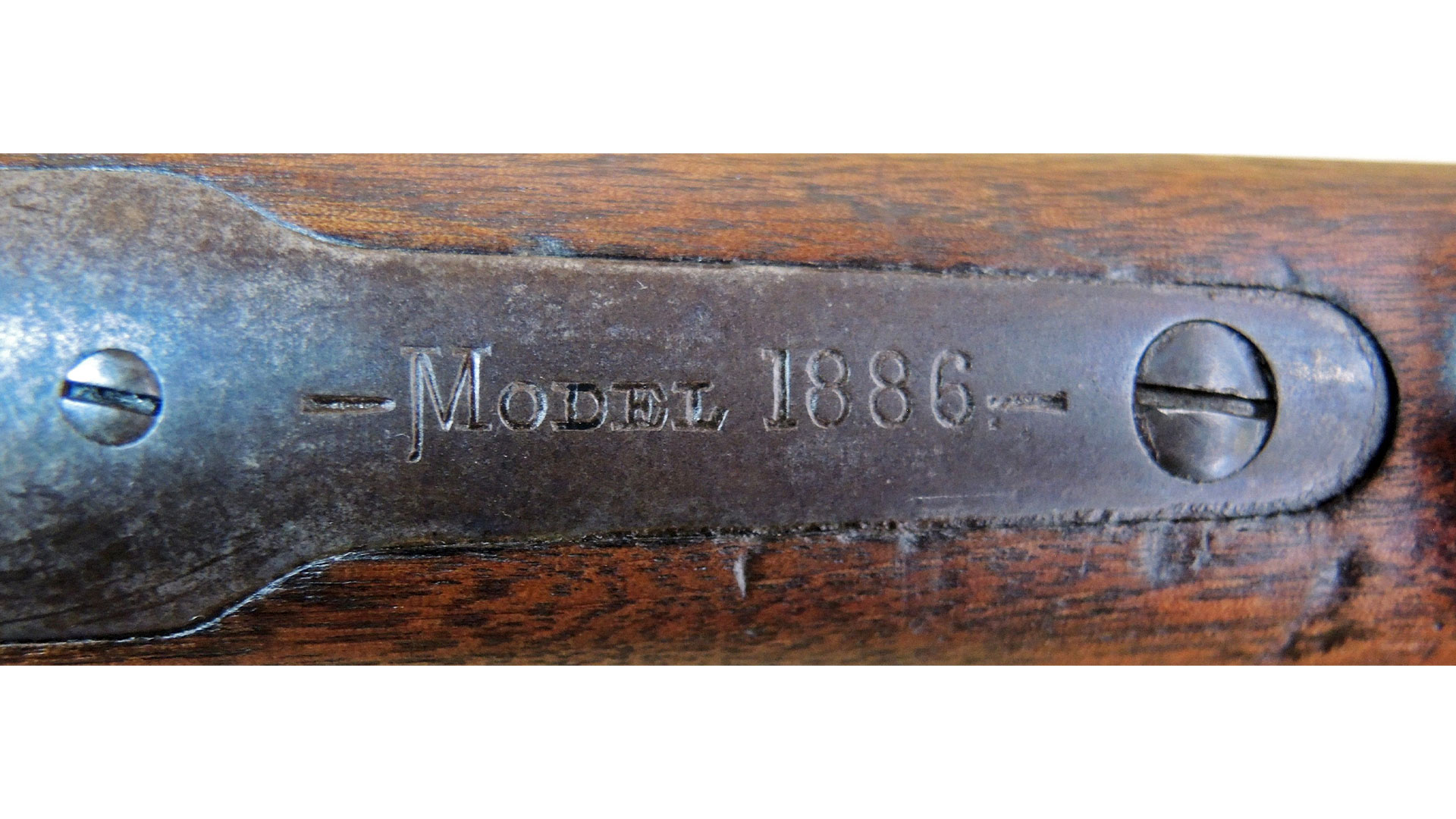
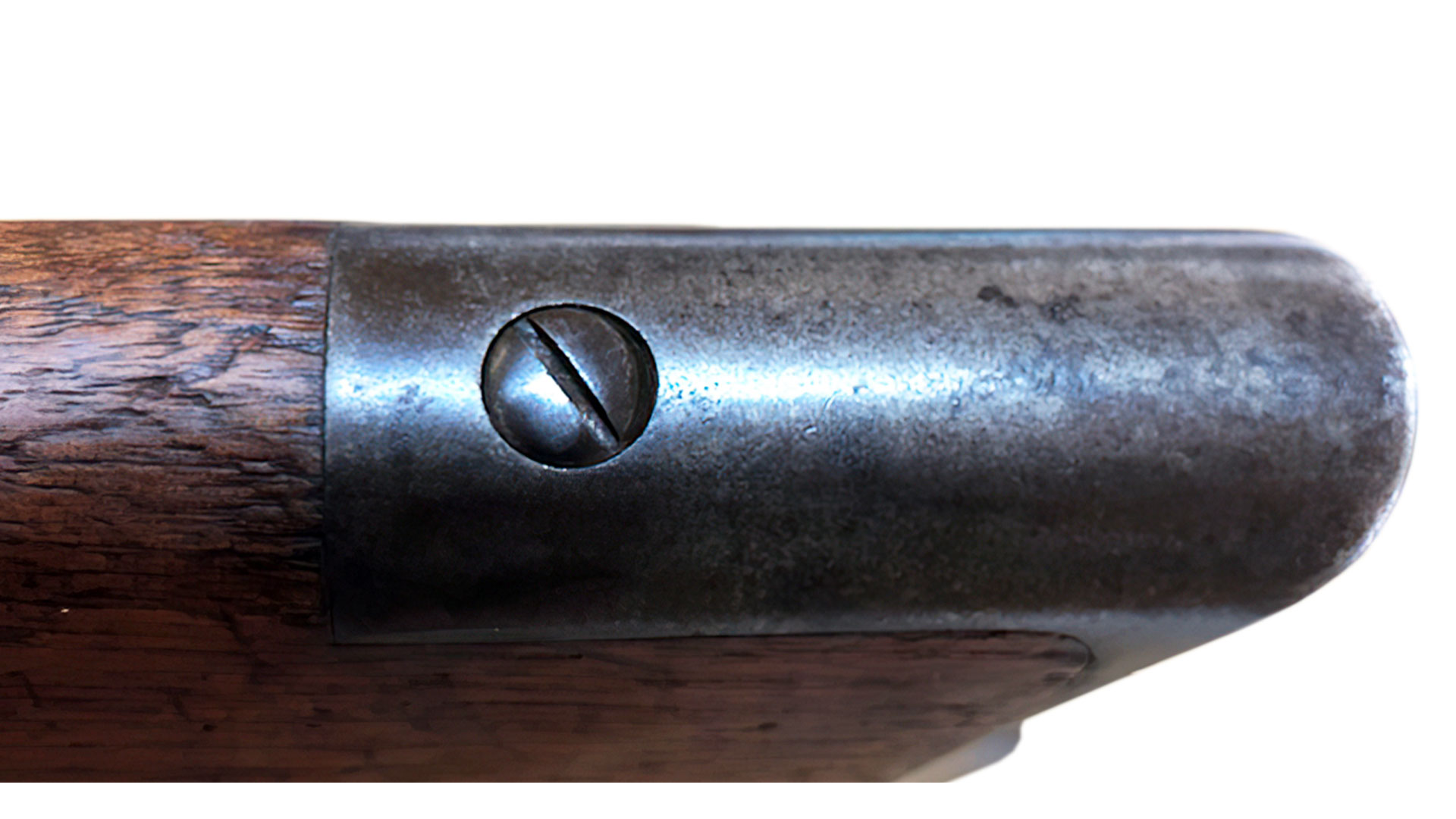
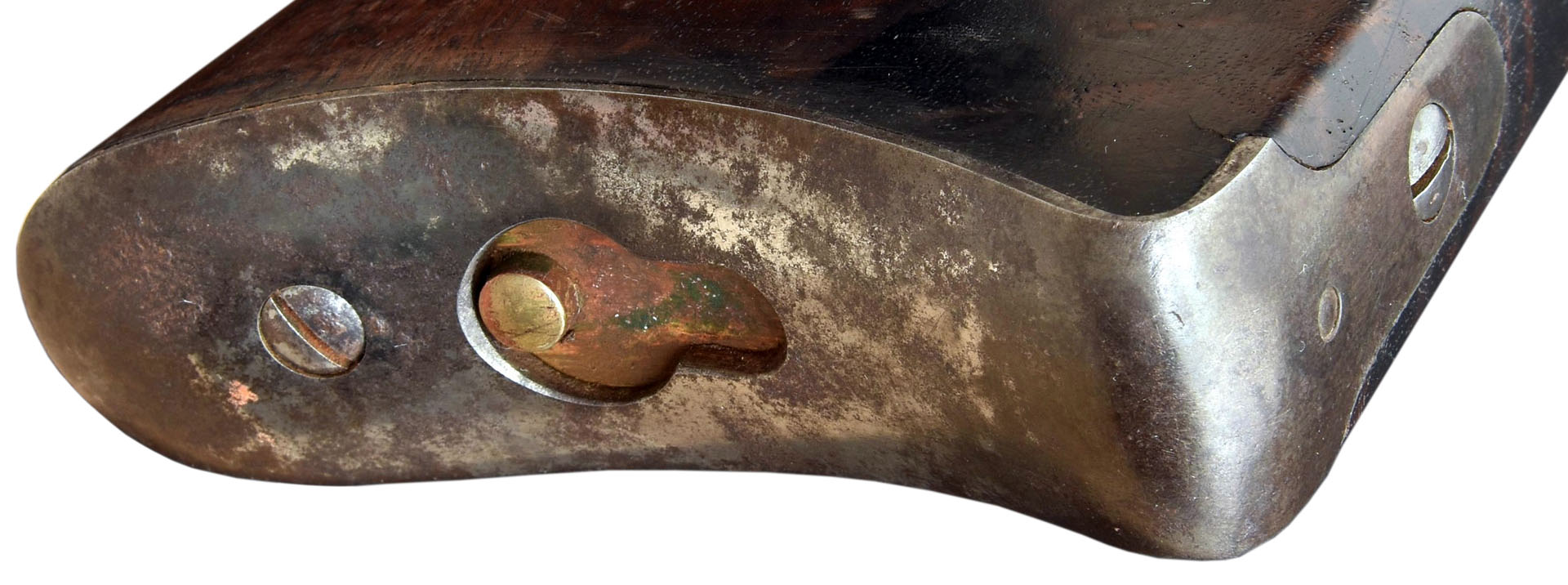
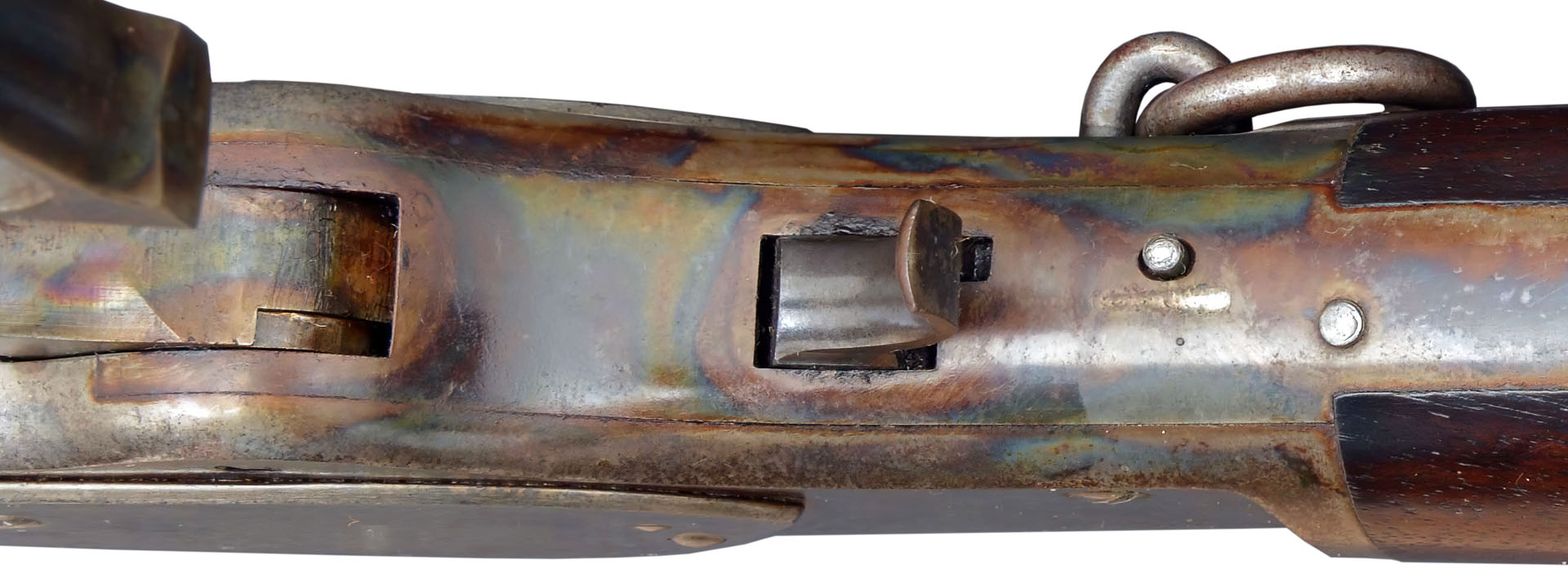

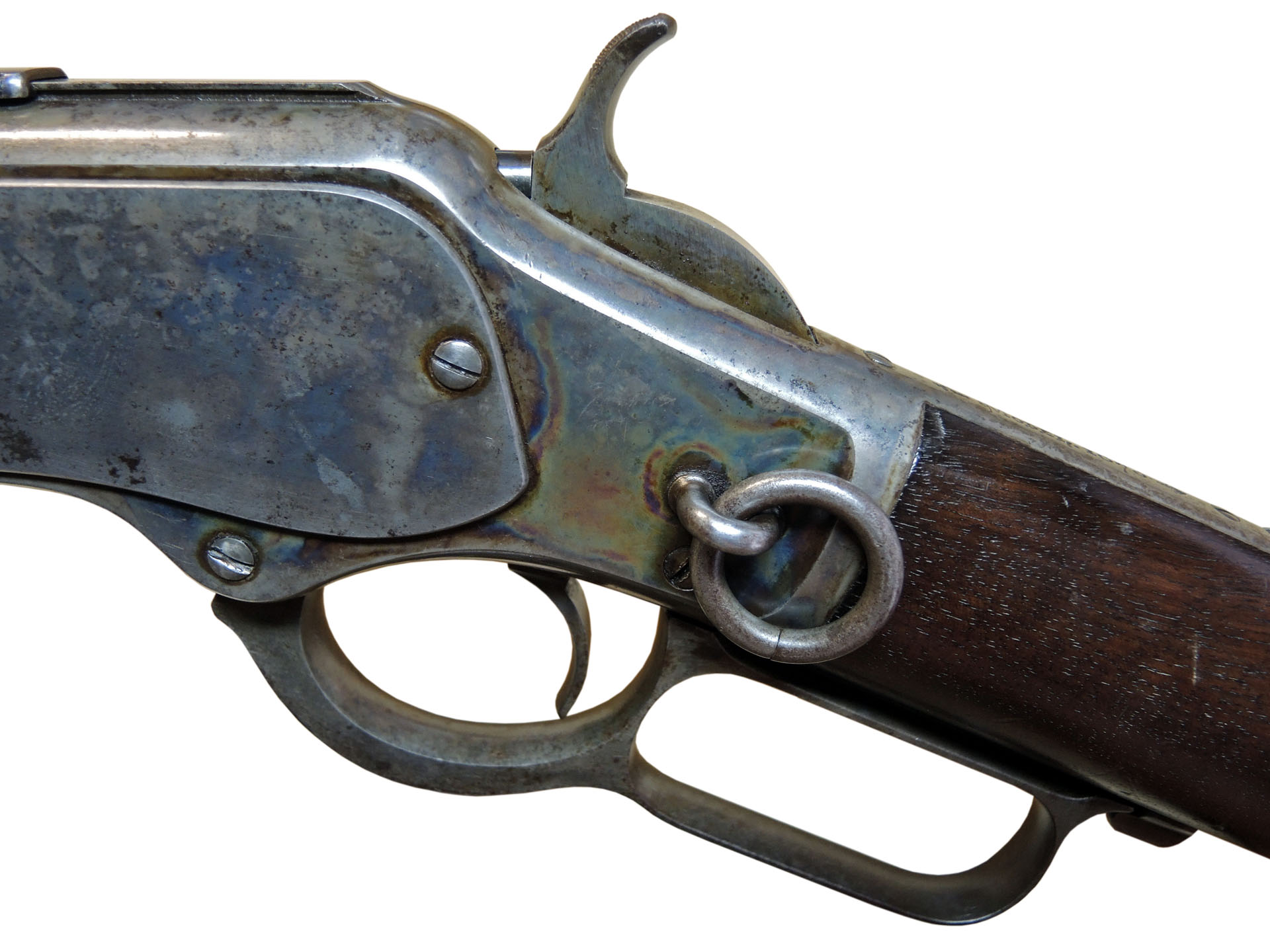
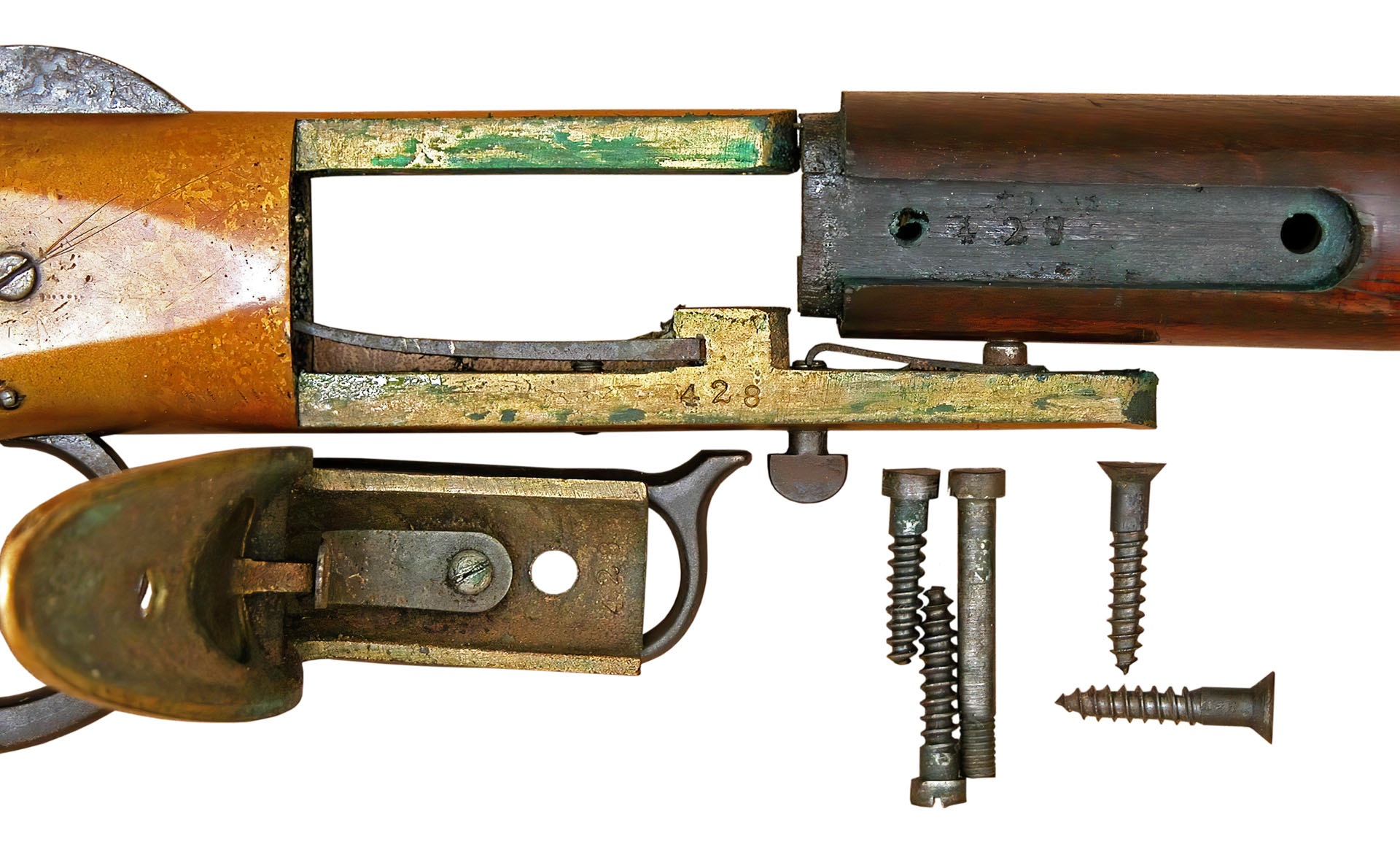


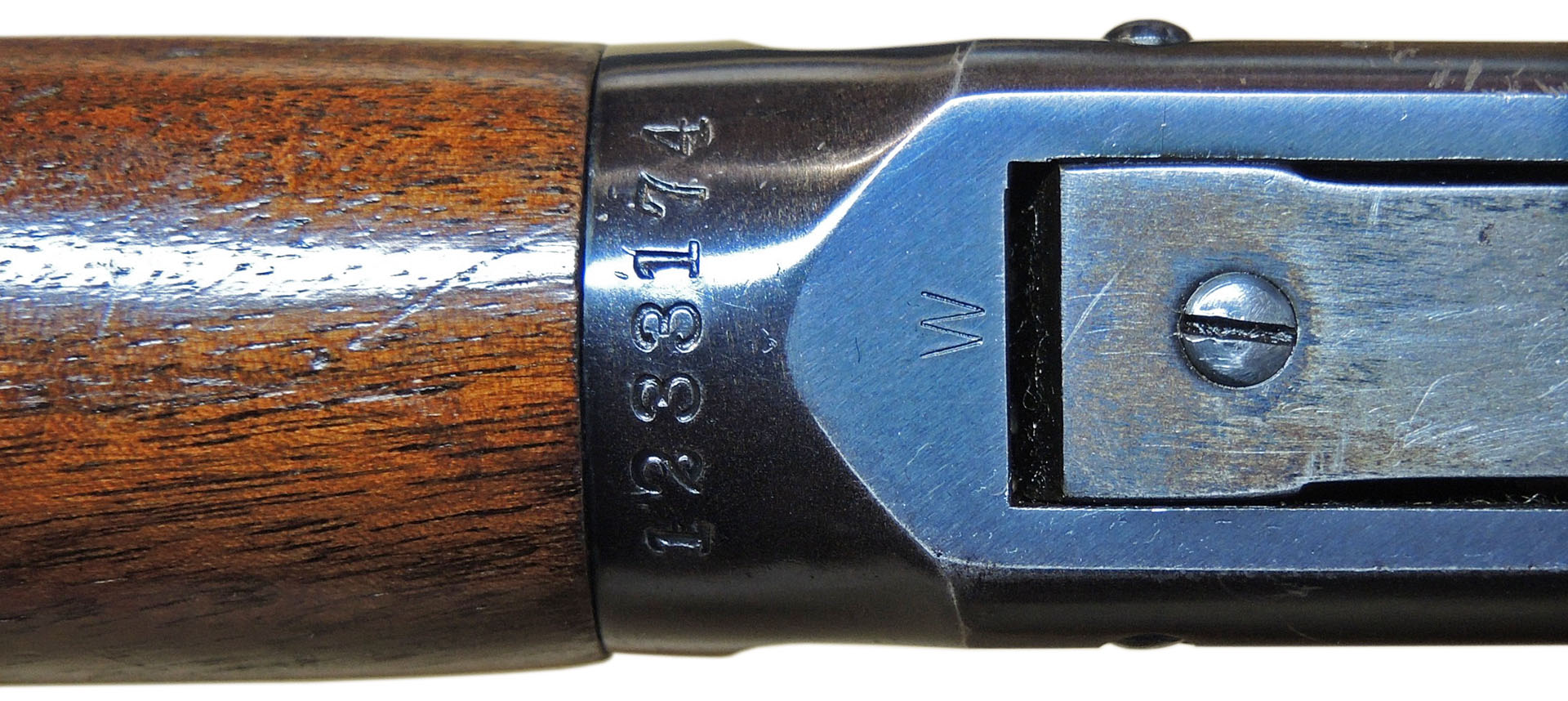
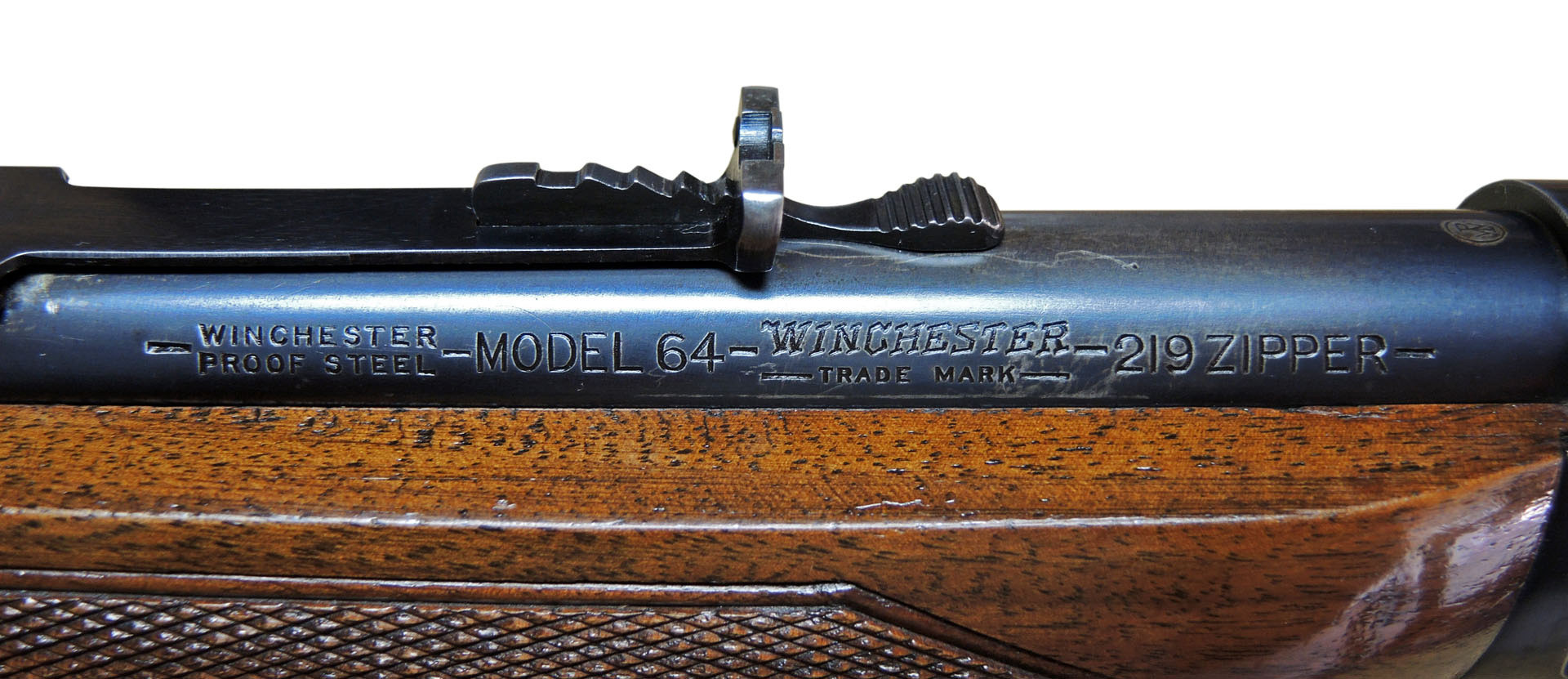
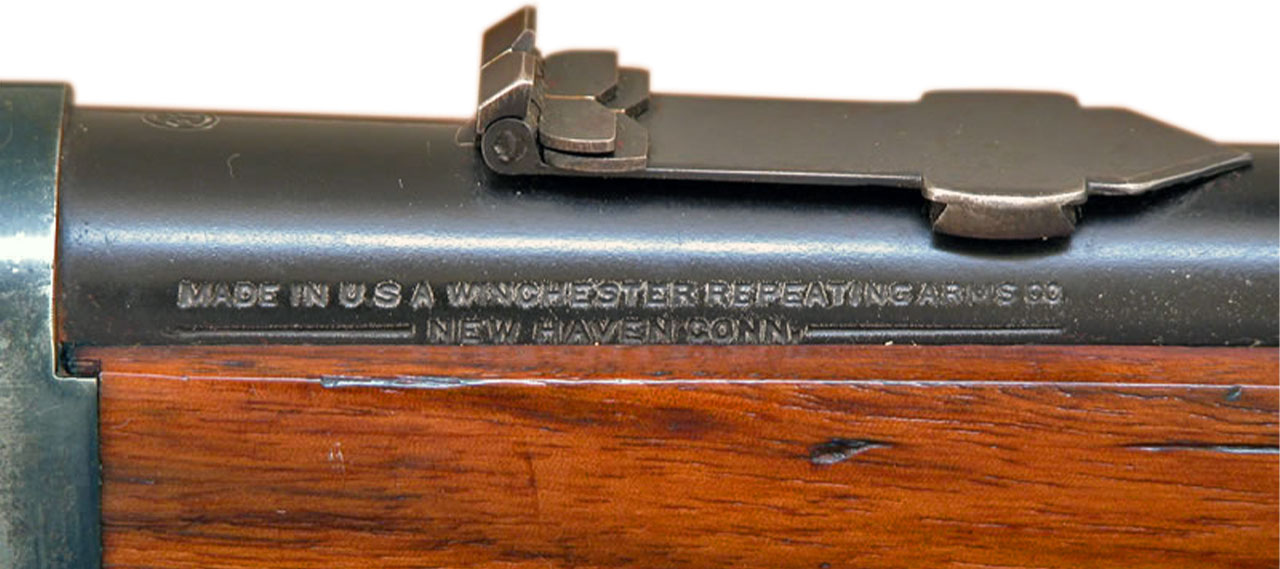
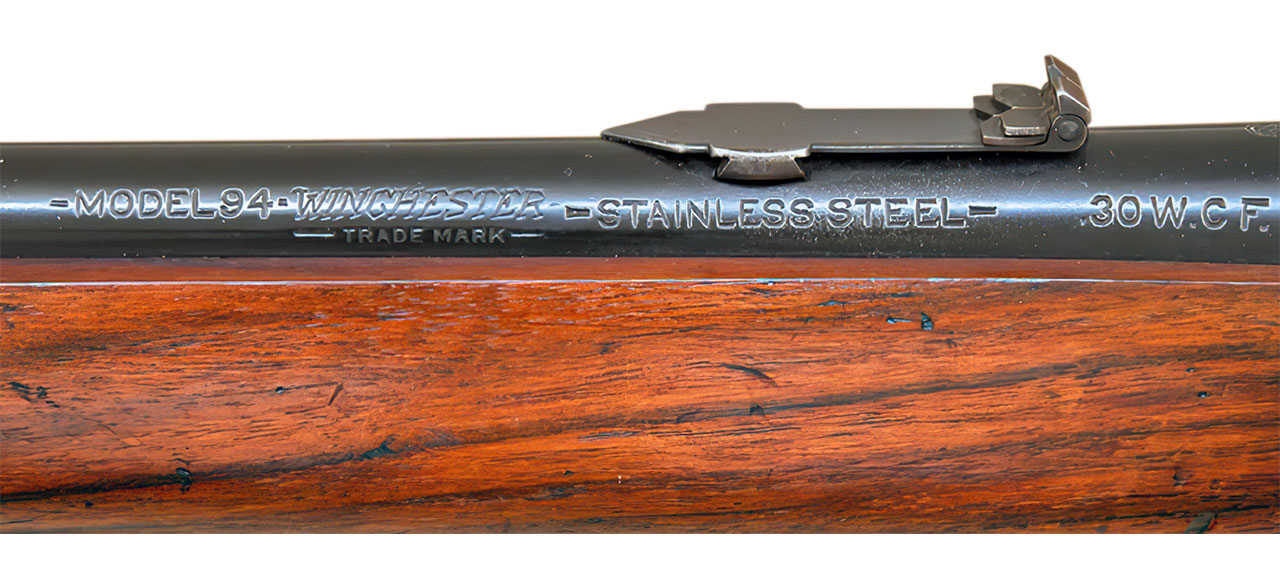
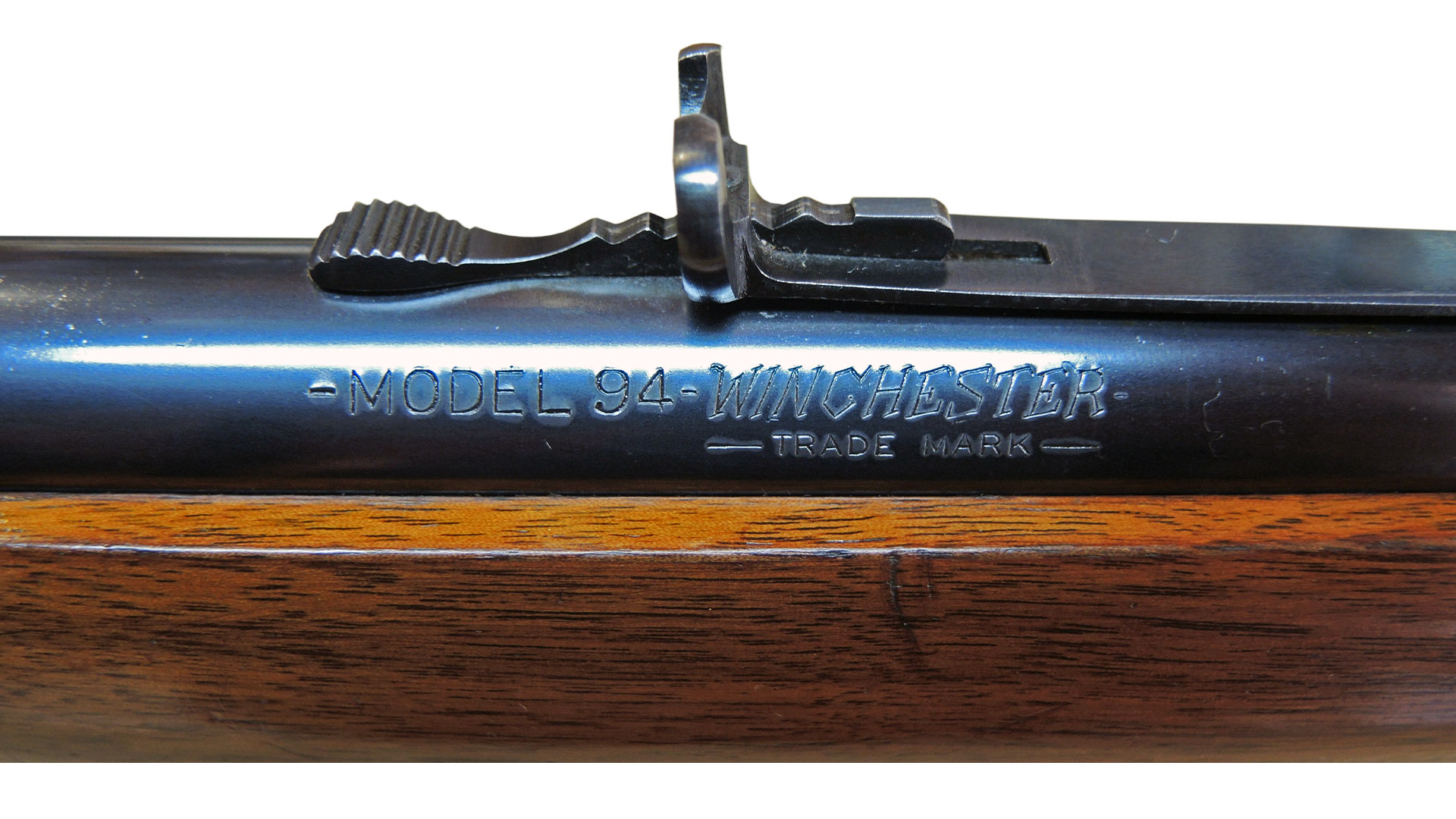
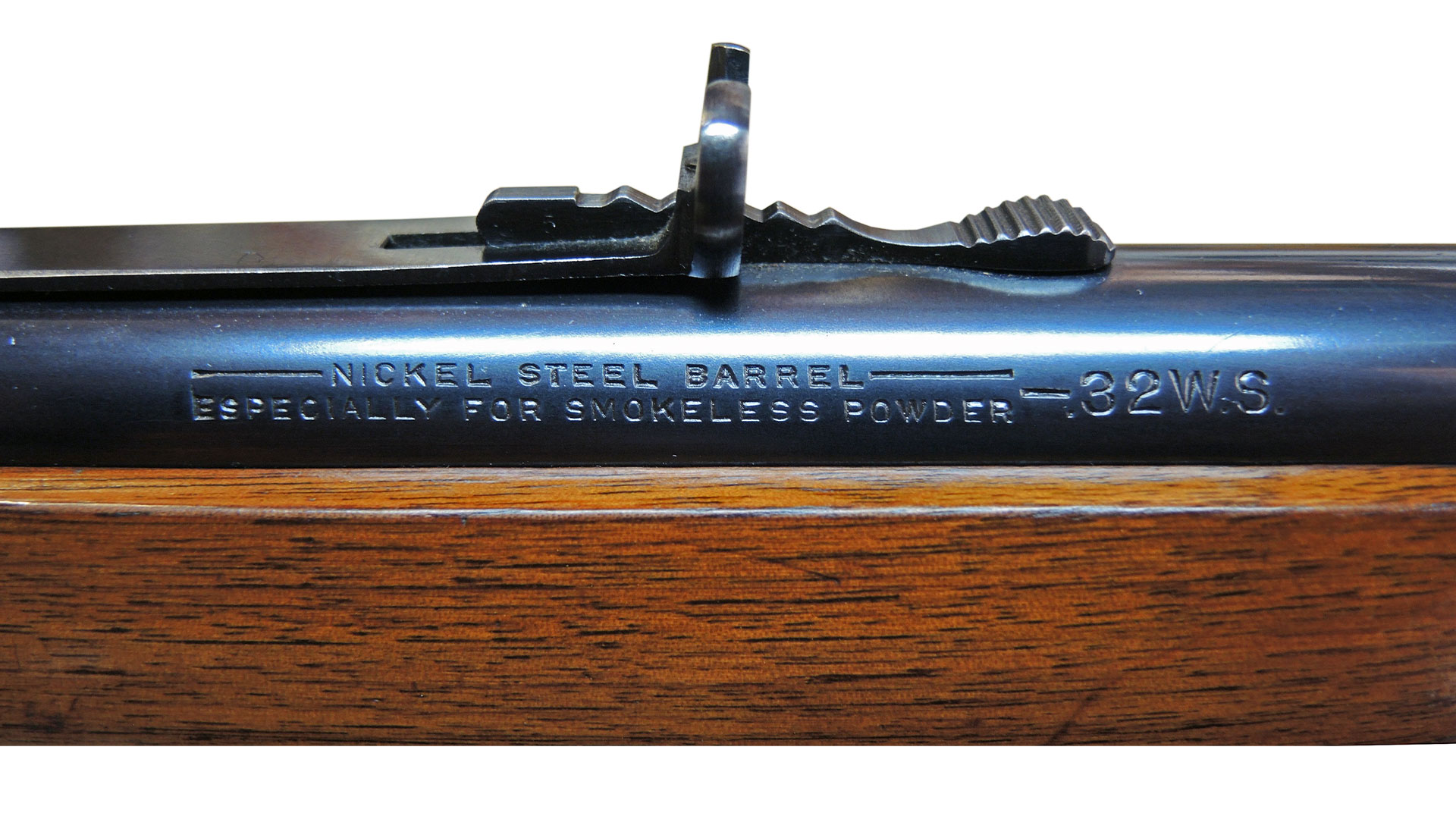



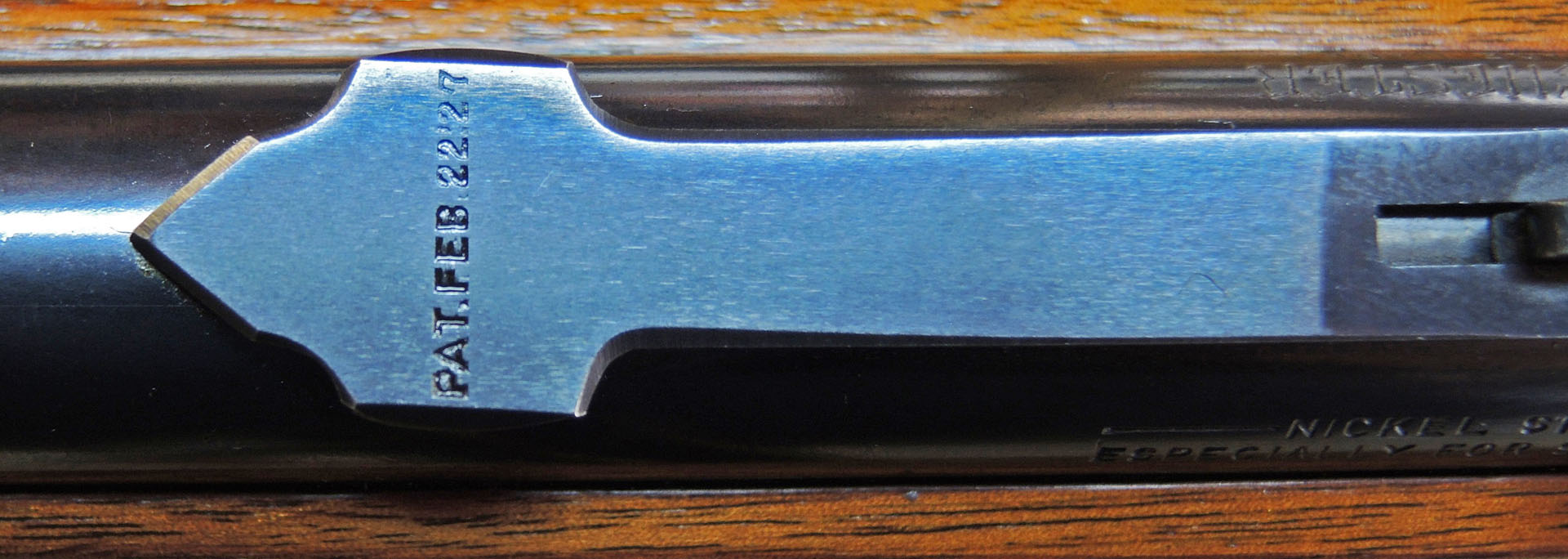
very interesting
Great article worth reading.
more of a question about a Winchester model 1907 35REM dated 1920 I believe. As far as I have gotten in research I can’t find out what the number 25 behind the trigger guard means. also it seams to be double stamped and very possibly covering a single letter? I really can’t find anything on it. could you help out? I have been wanting to sell it with the Lyman peep that has a patent date and also two 5 round original 351Rem mags with 10 rounds Silver tip. I also have the top rings that came with it and the original iorn sights are on as well. nothing has been touched to the firearm other then me aquireing it from the original owner who I also purchased some of his Personal military service weapons and police firearms from before he passed. I was then given a box of his other items Not gone through but will soon. please review or reply with the number or significance of the 25 or the price of the firearm now if I was to sell to someone as is or what needs to be done? I have detailed pics!!! Just ask. please 🙏